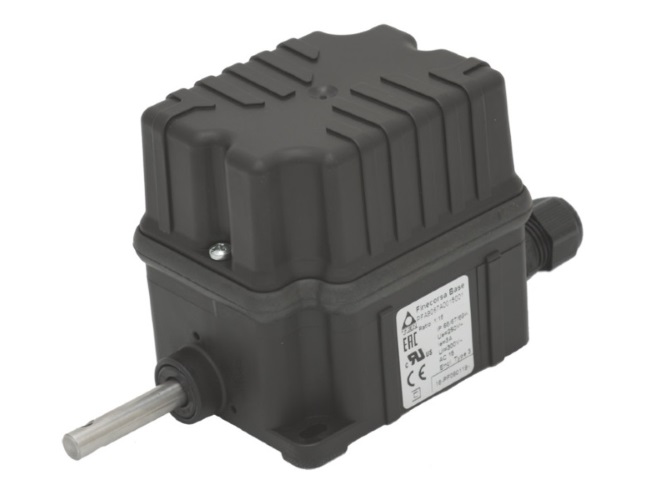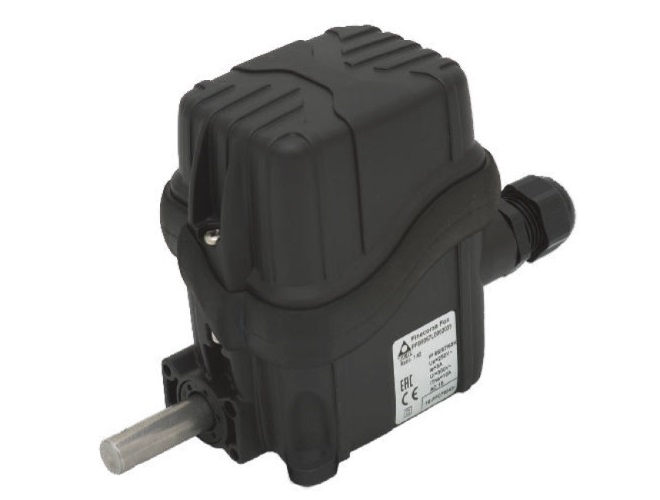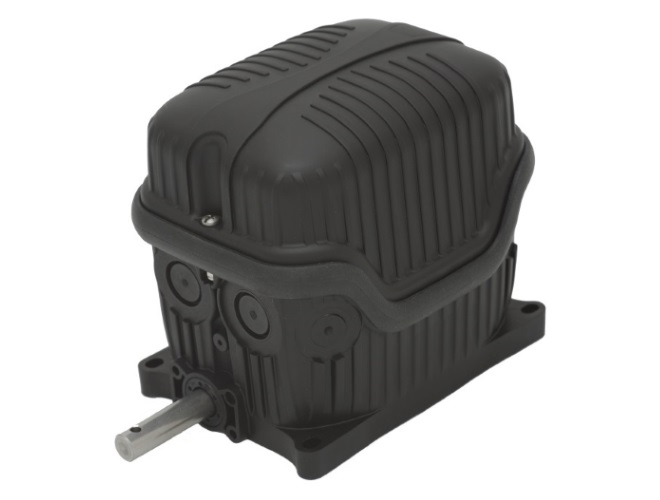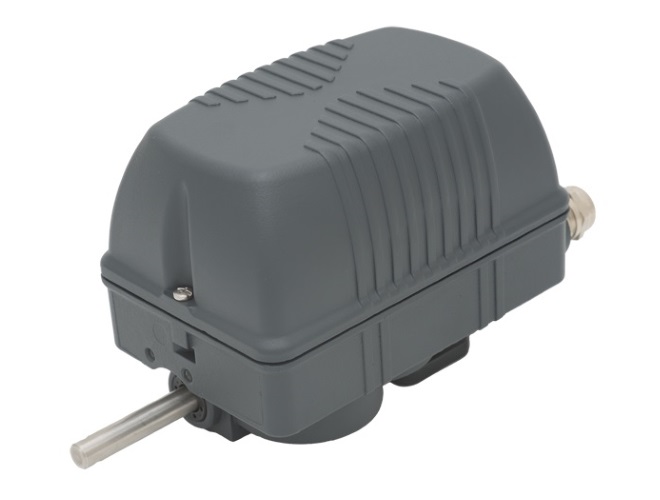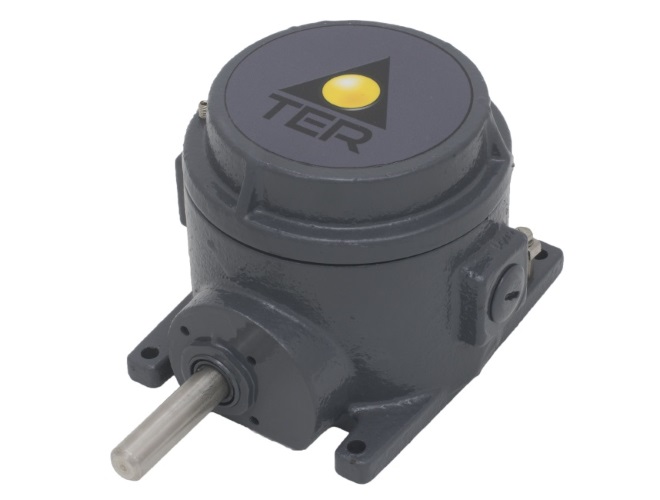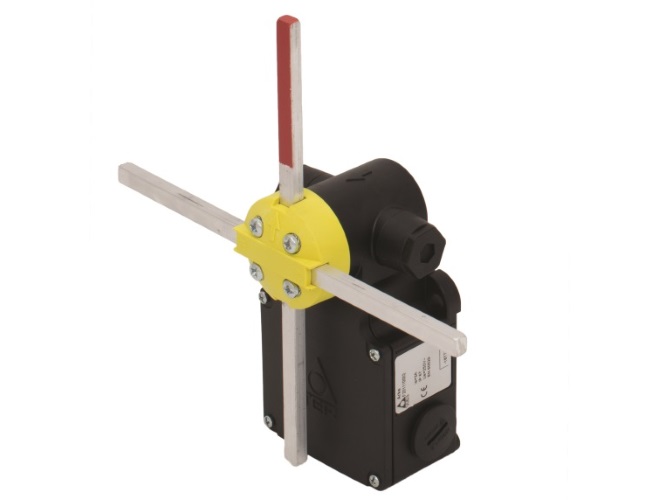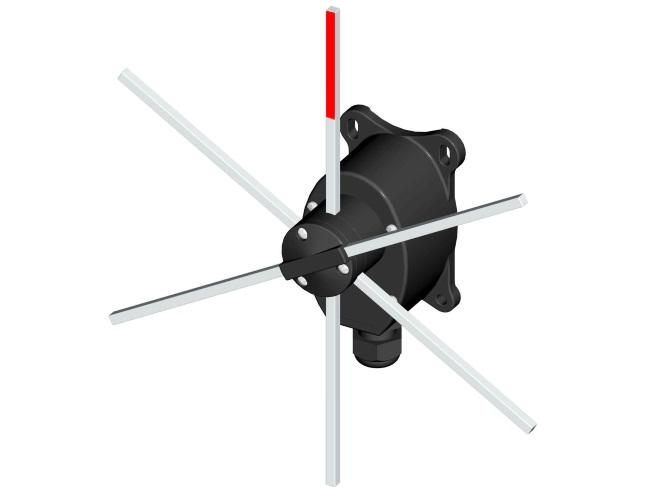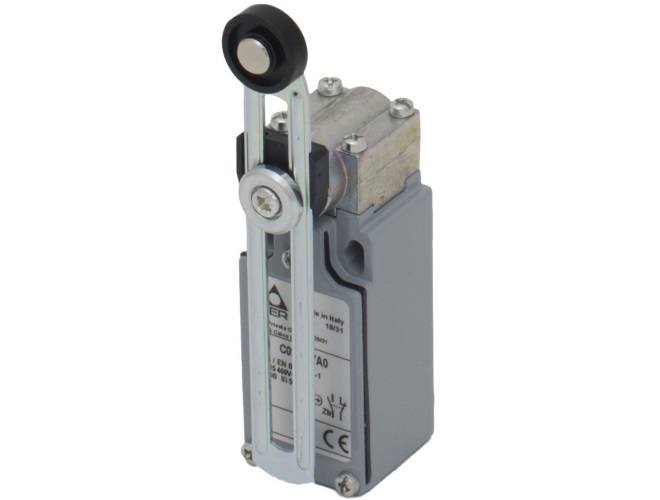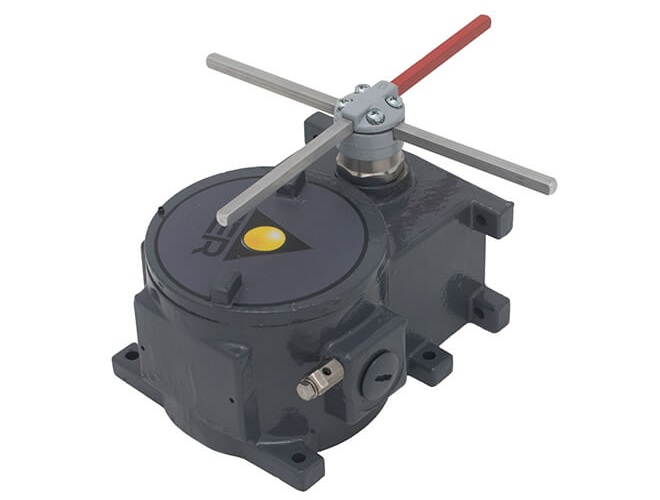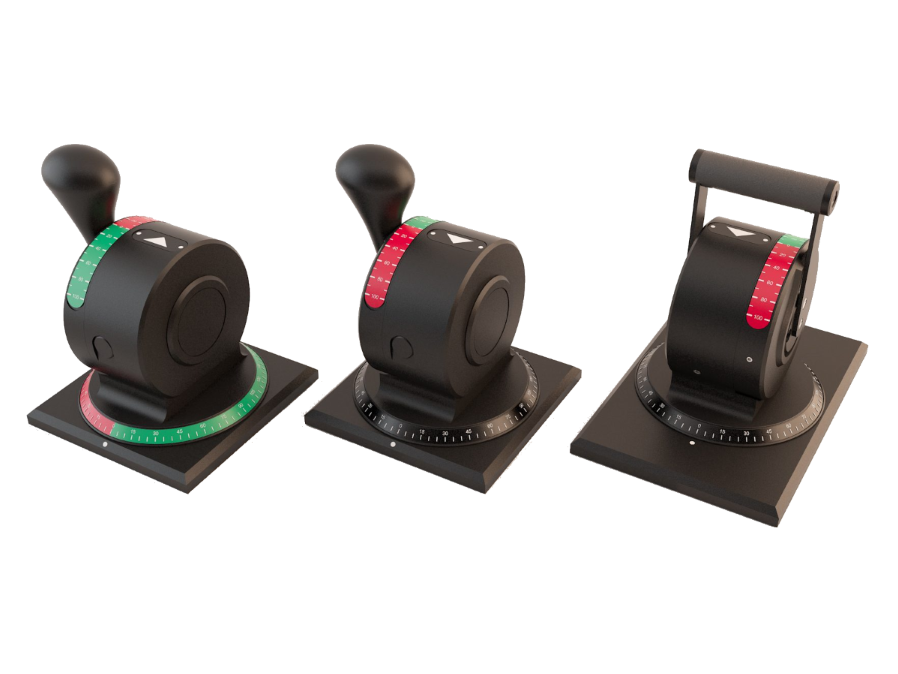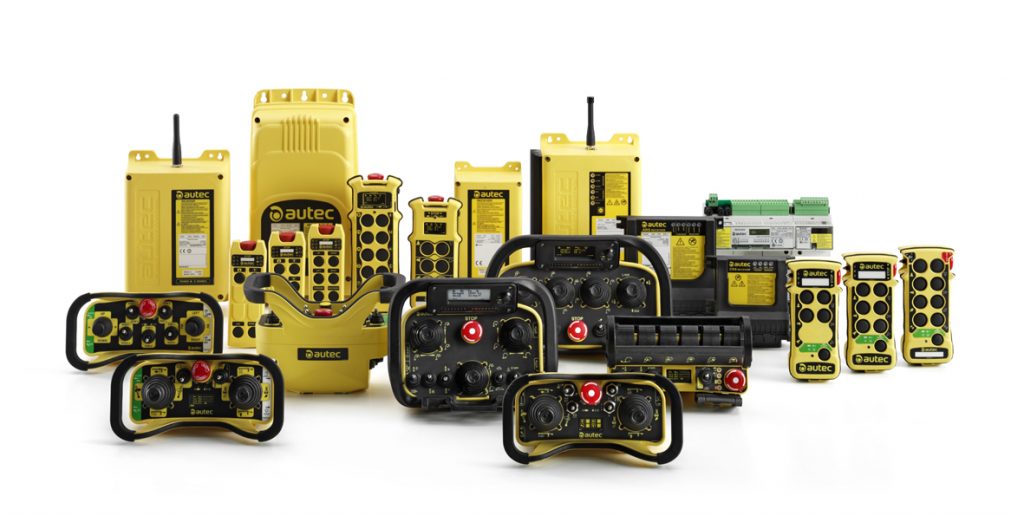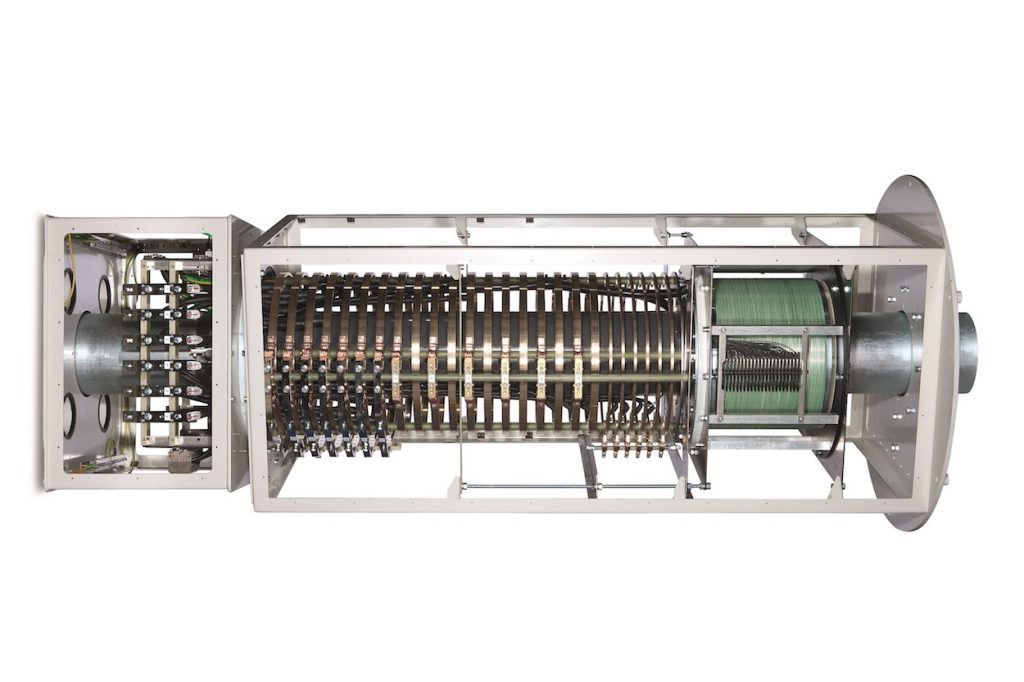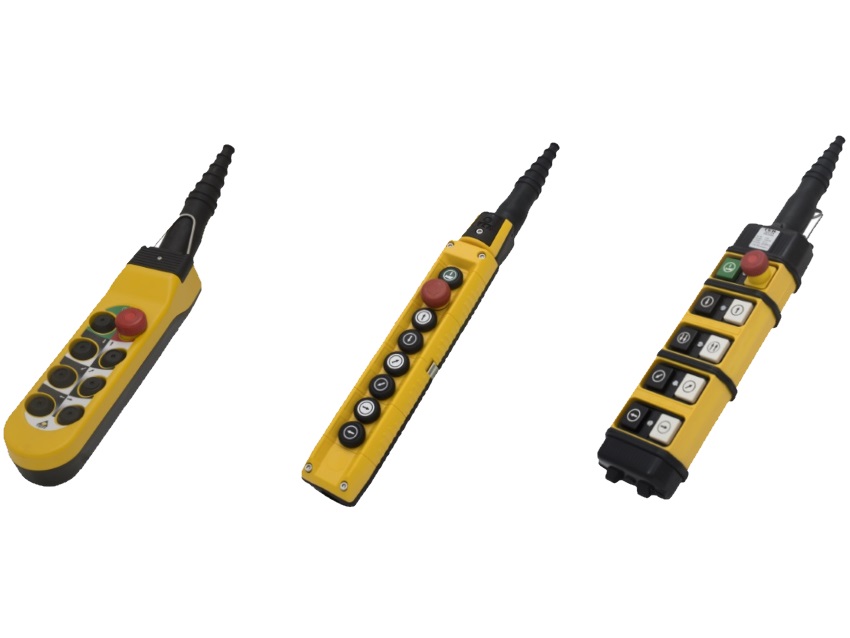When customers need to apply limit switch technology, Elma is offering the solutions from TER (Tecno Elettrica Ravasi). TER can rely on many decades of experience when it comes to the design and manufacturing of rotary limit switches and position limit switches.
TER manufactures five series of rotary limit switches: BASE, FOX, OSCAR, TOP. An additional line, named ‘LIMITEX AG‘, offers special ATEX models. Rotary limit switches from TER are mainly used to monitor and control the motion of industrial machinery and wind turbines. Motion is measured by th eangular rotation and / or the number of rotations of each axis. Transmission ratios range from 1 : 1 to 1 : 8100. A maximum of 15 contact elements can be built in. TER’s rotary limit switches are available with following protection degrees: IP42, IP65, IP66, IP67 and IP69k. Configurations with dedicated cam sets, encoders and potentiometers can also be made.
TER manufactures position switches with casings in aluminium or special thermoplastic material. They come with a single rod or roller, with a cross rod, a “T” rod or with one of the many other types of heads and actuators. Users are assured of a great diversity of switch activation modes. TER’s special ATEX line, the Limitex AP, is made of G20 cast iron and comes with Atex certificates EN 60079-0: 2009, EN 60079-1: 2007 en EN 60079-31: 2009.
Many machines equipped with TER limit switches operate in challenging thermal conditions: very low and high operating temperatures, with significant thermal shifts between day and night. They are also exposed to a variety of weather conditions such as water, dust, UV radiation and sea salt. All components therefore need to offer a high degree of protection against weather effects, a resistance to extreme temperatures and a mechanical and electrical durability.
At the same time high degrees of accuracy need to be guaranteed. TER offers precise, reliable and safe measuring units that
- guarantee maximum operating safety
- prevent personal injury and damage to objects
- prevent collision when several machines of the same type are simultaniously operating in the same area






